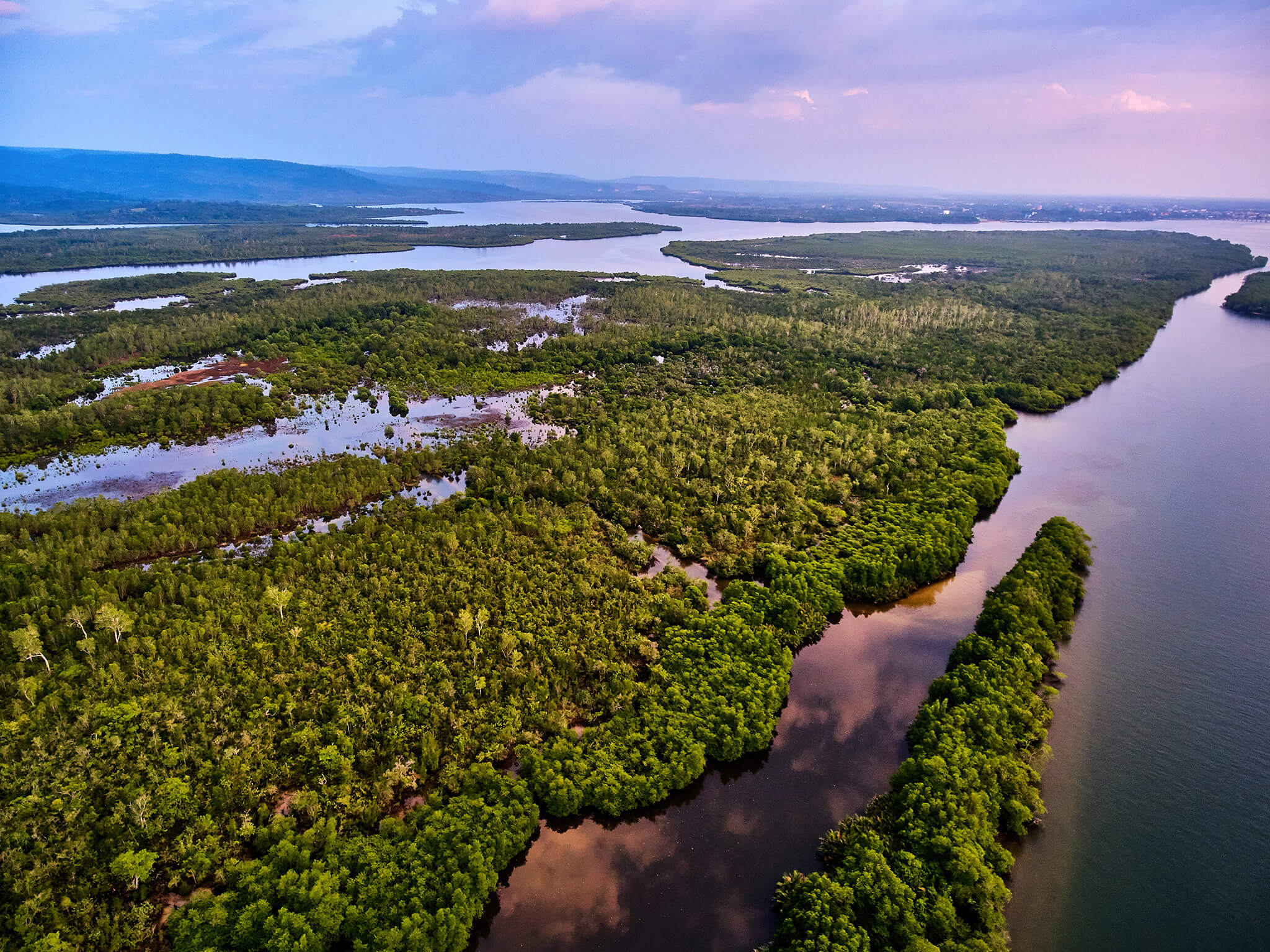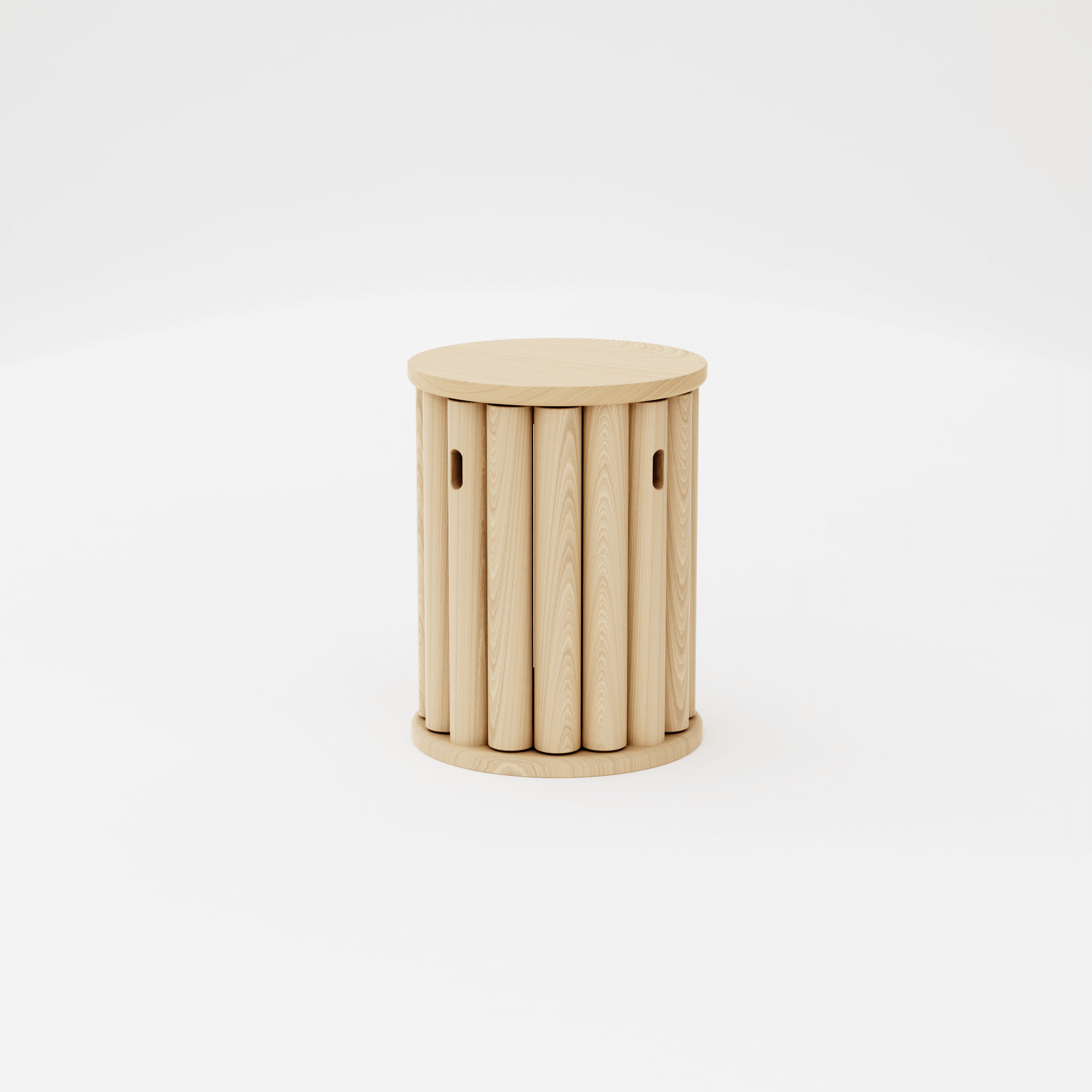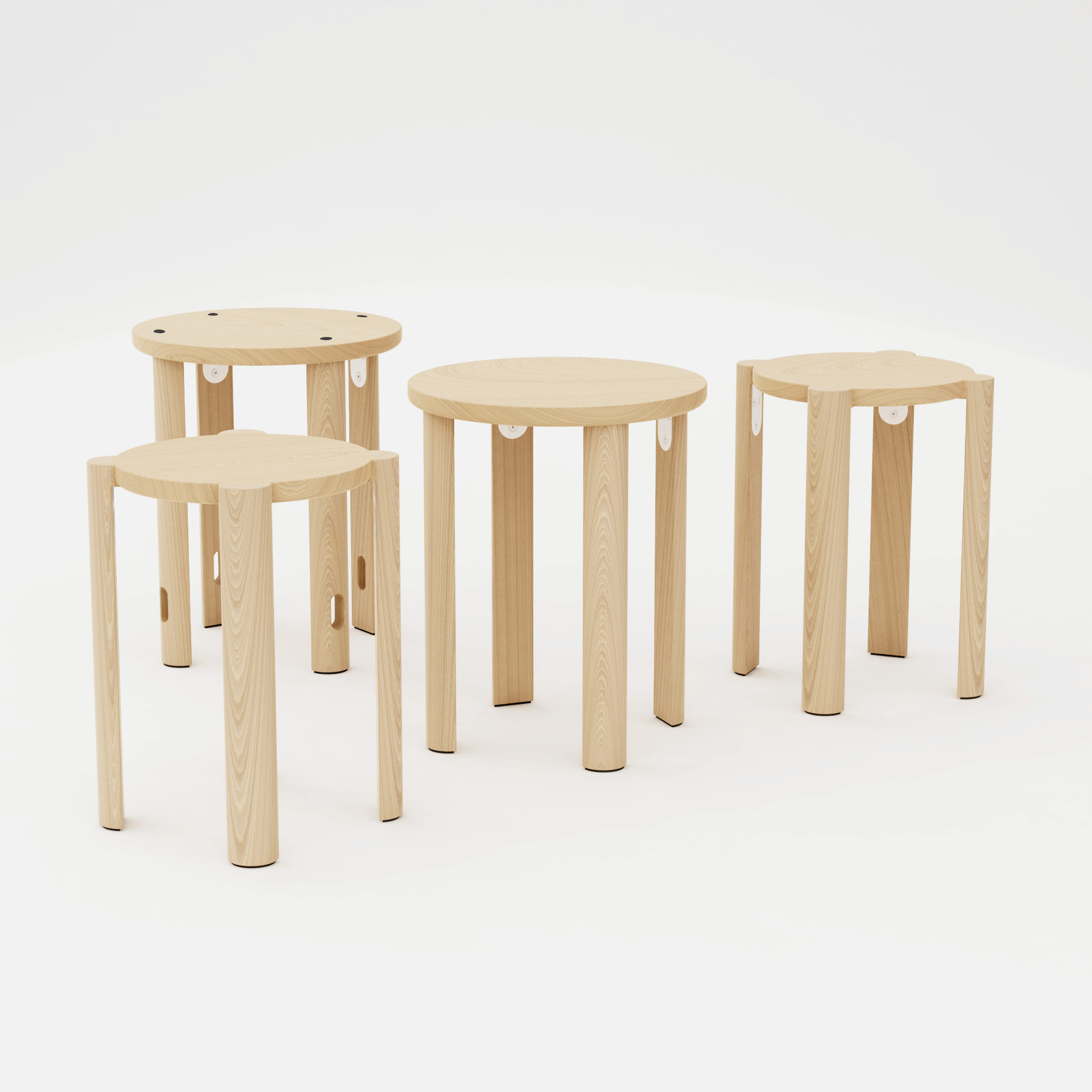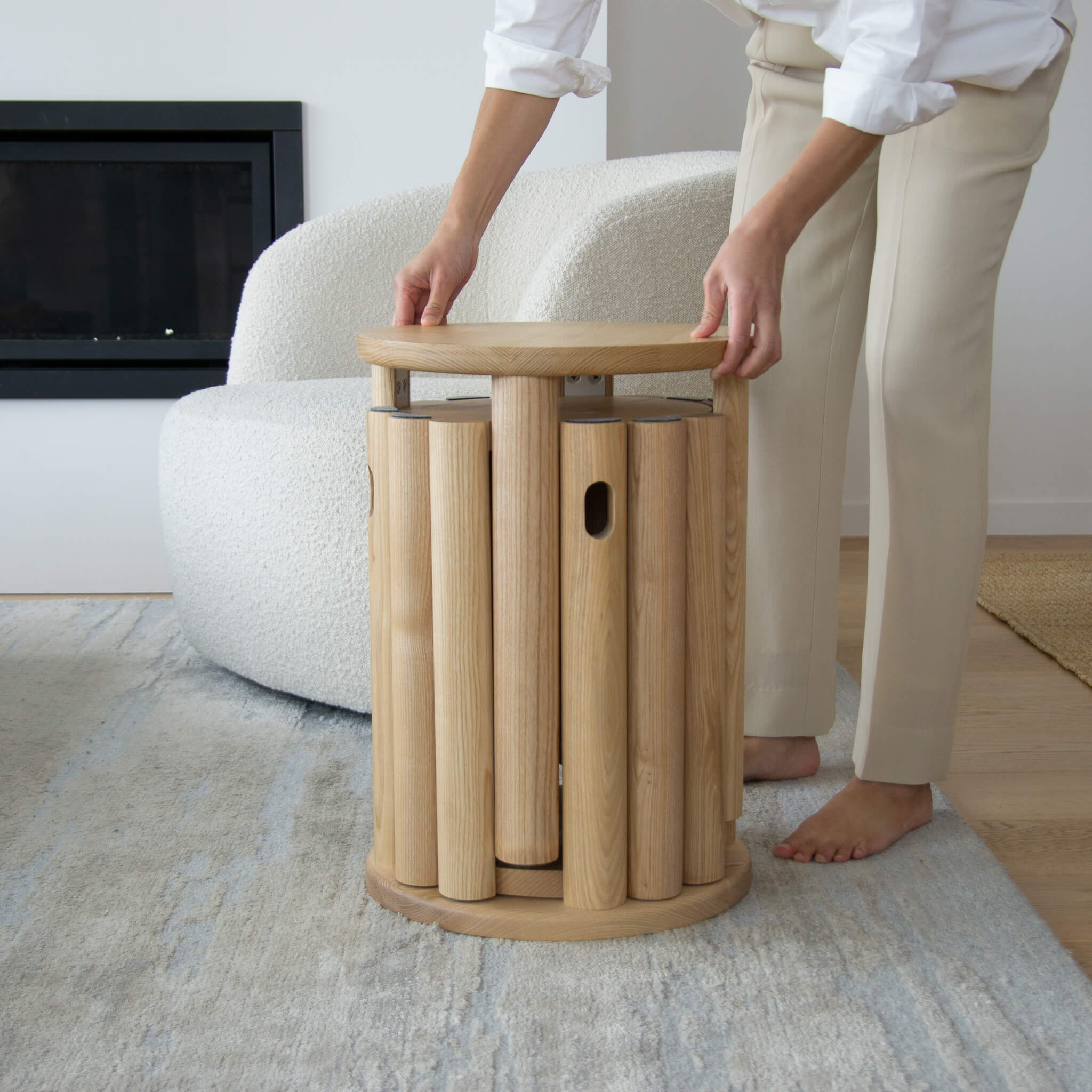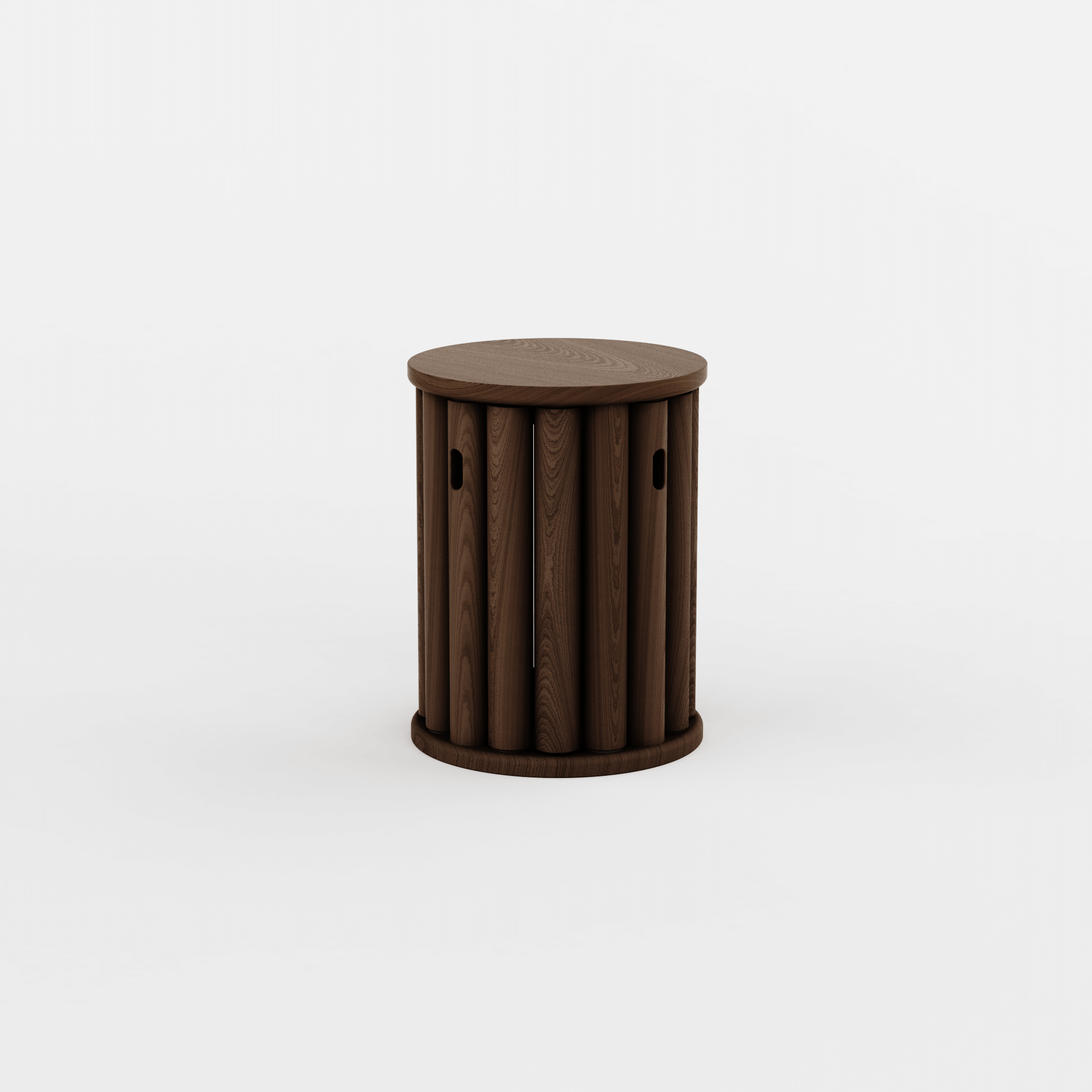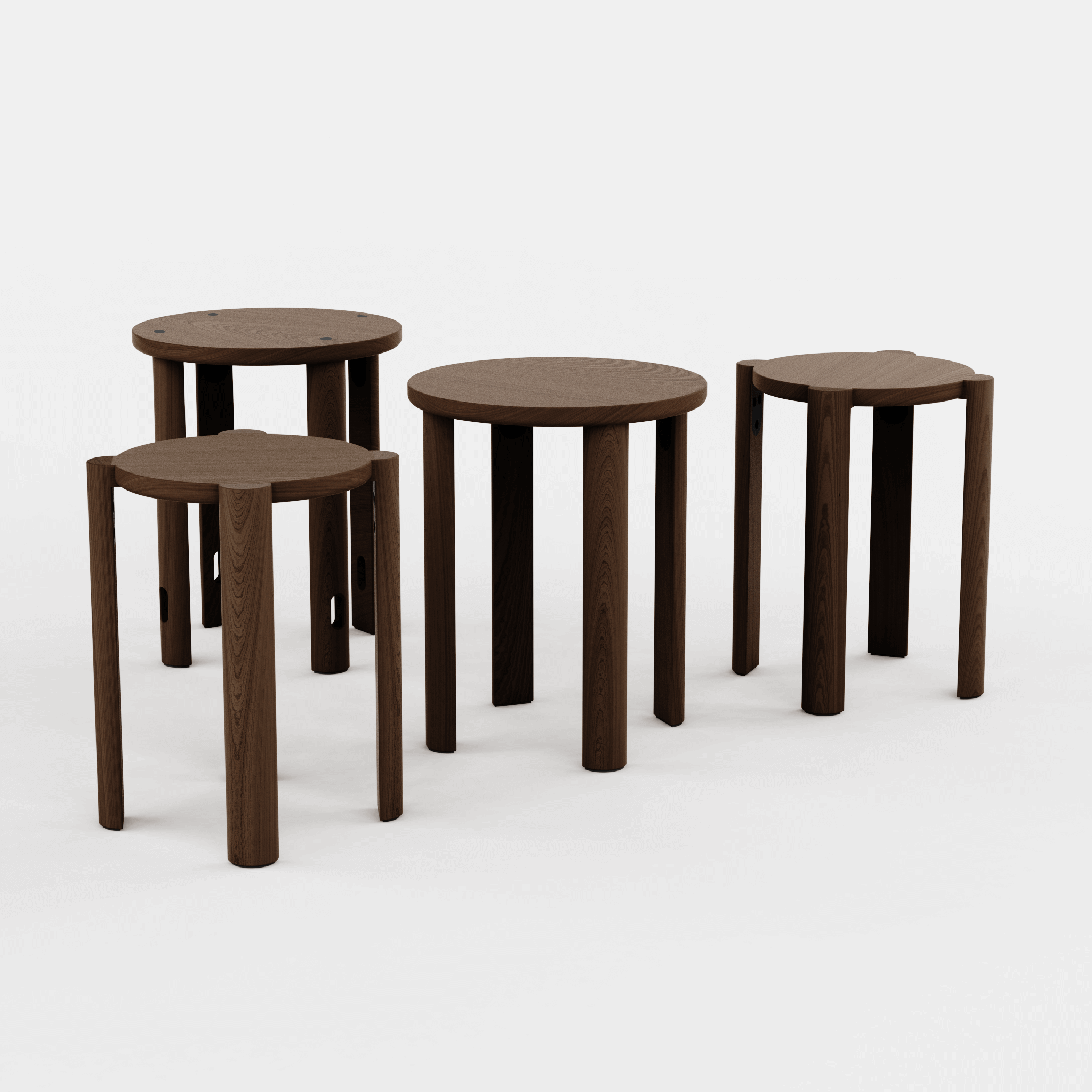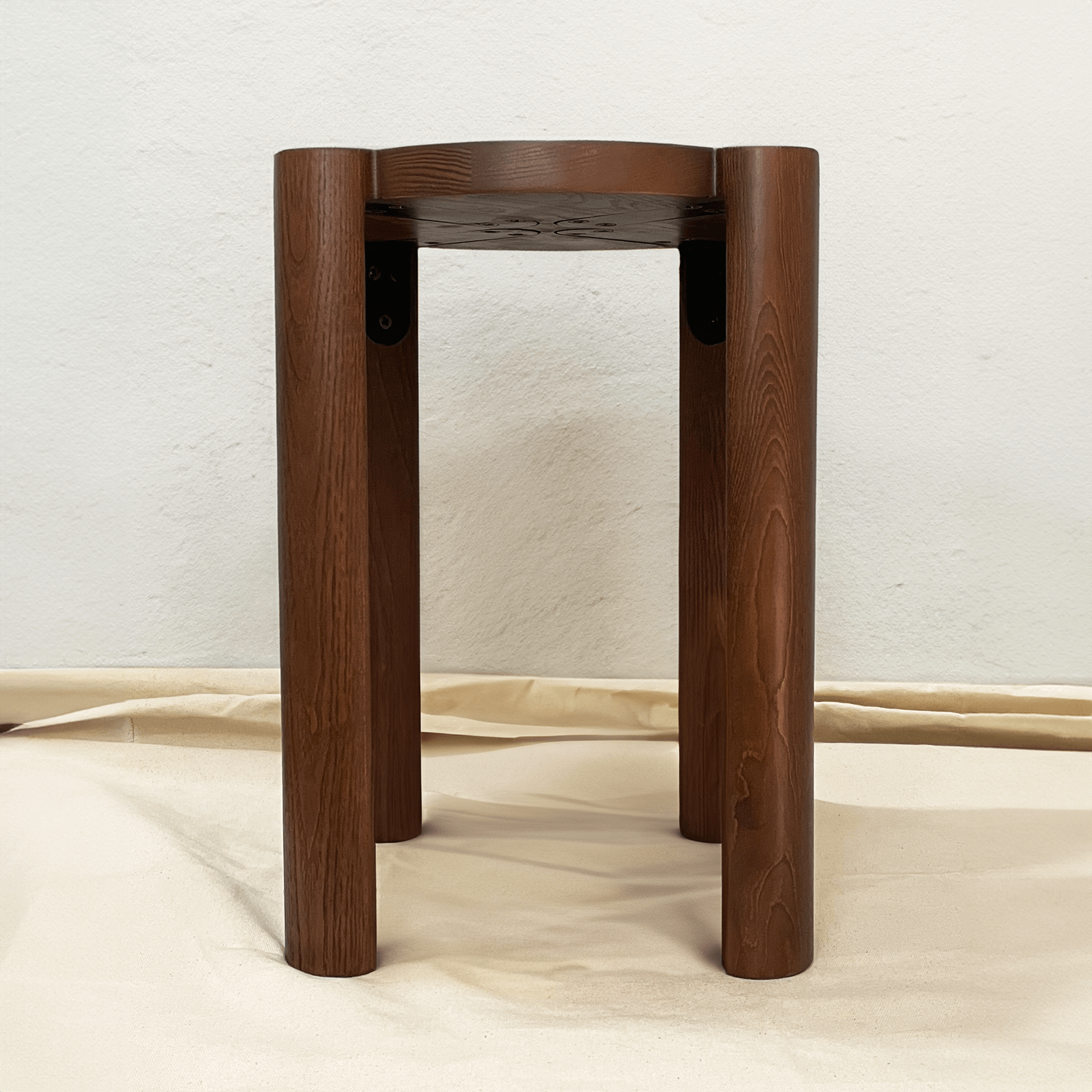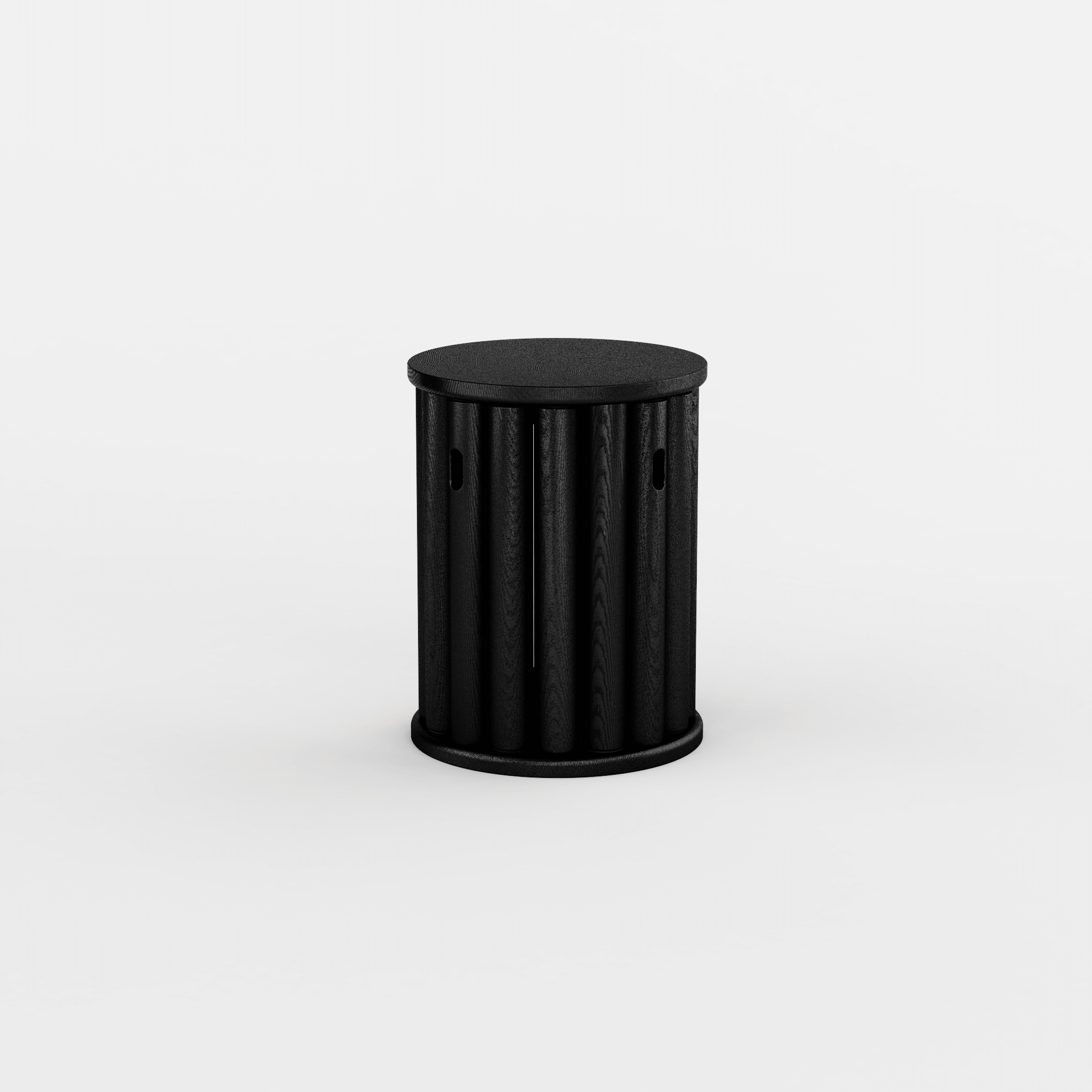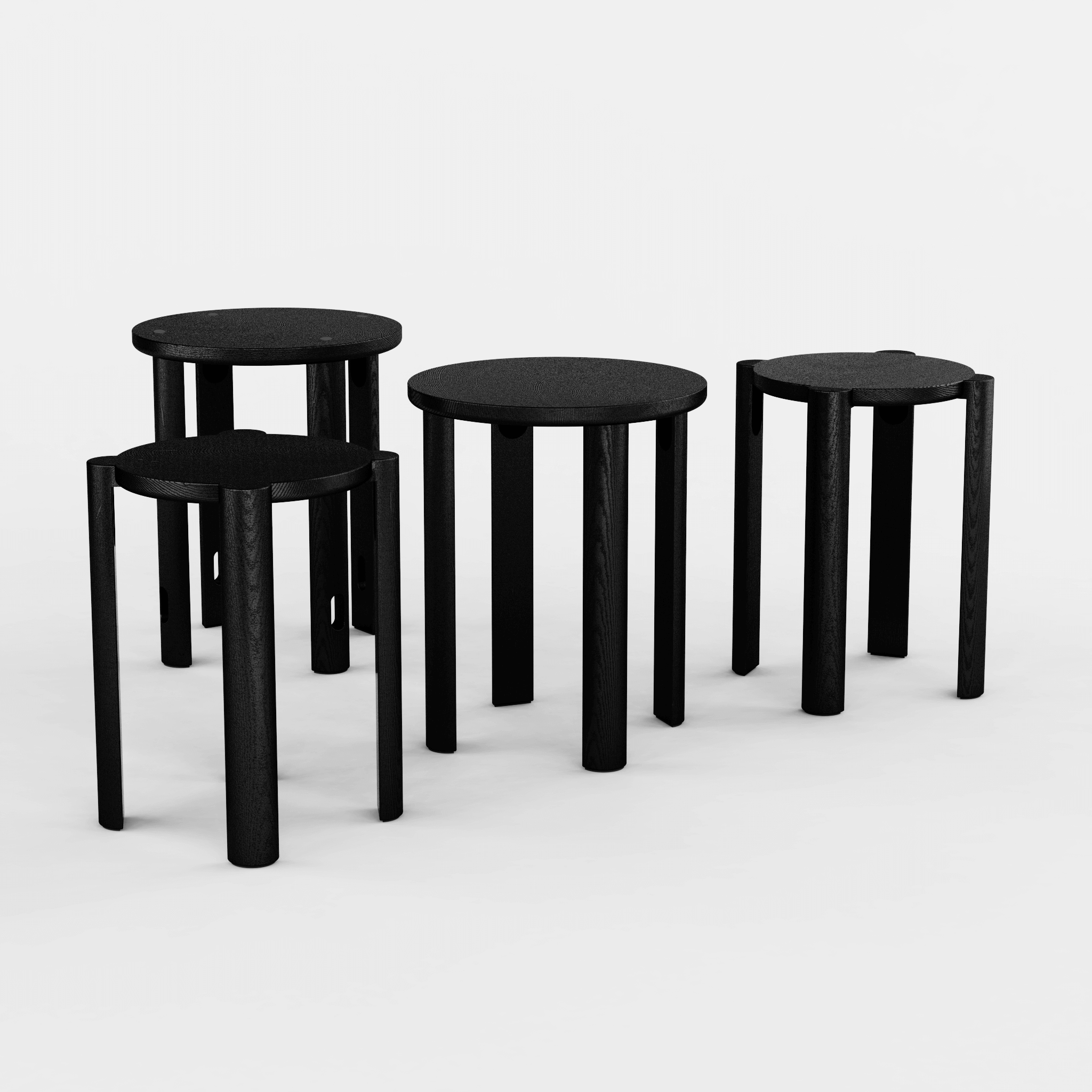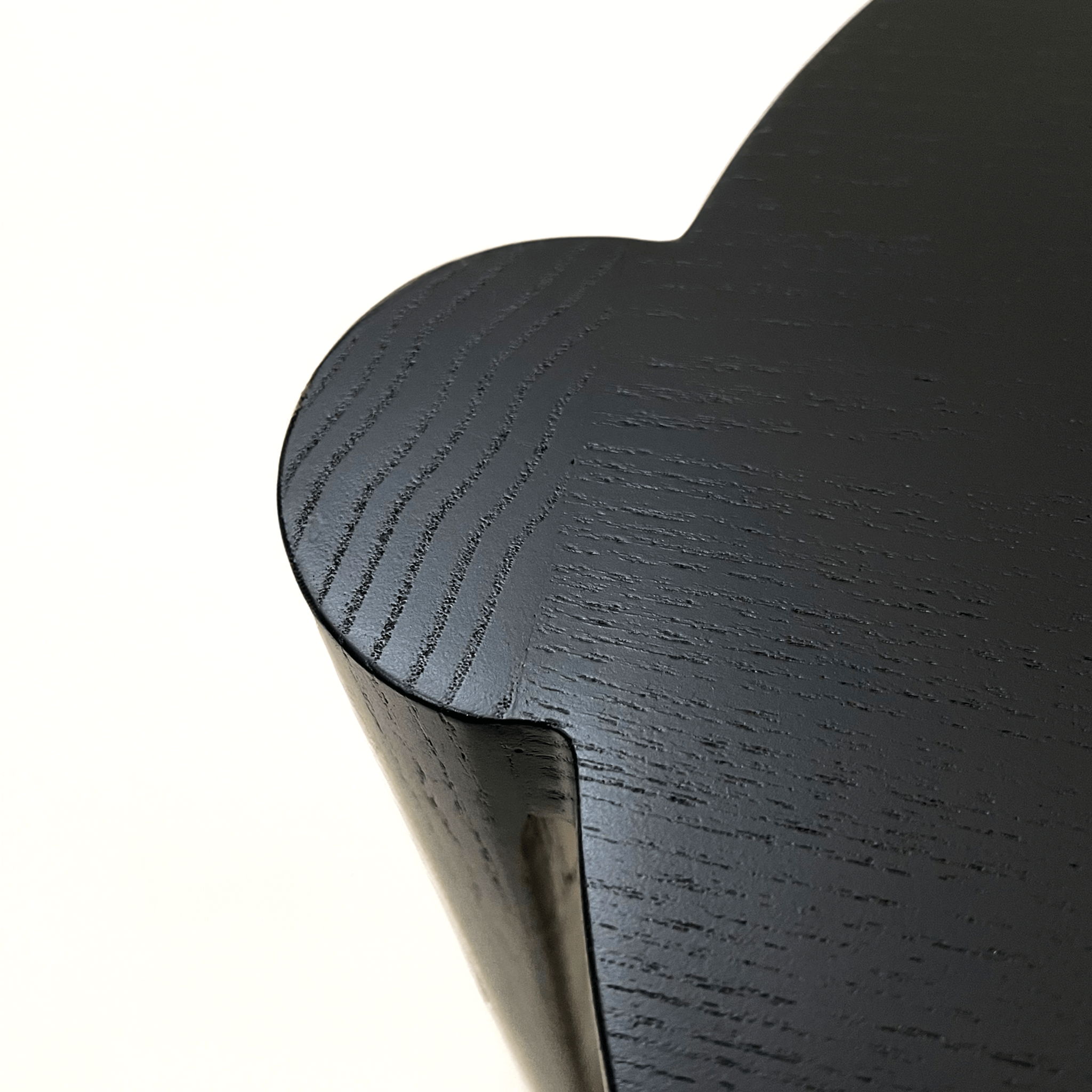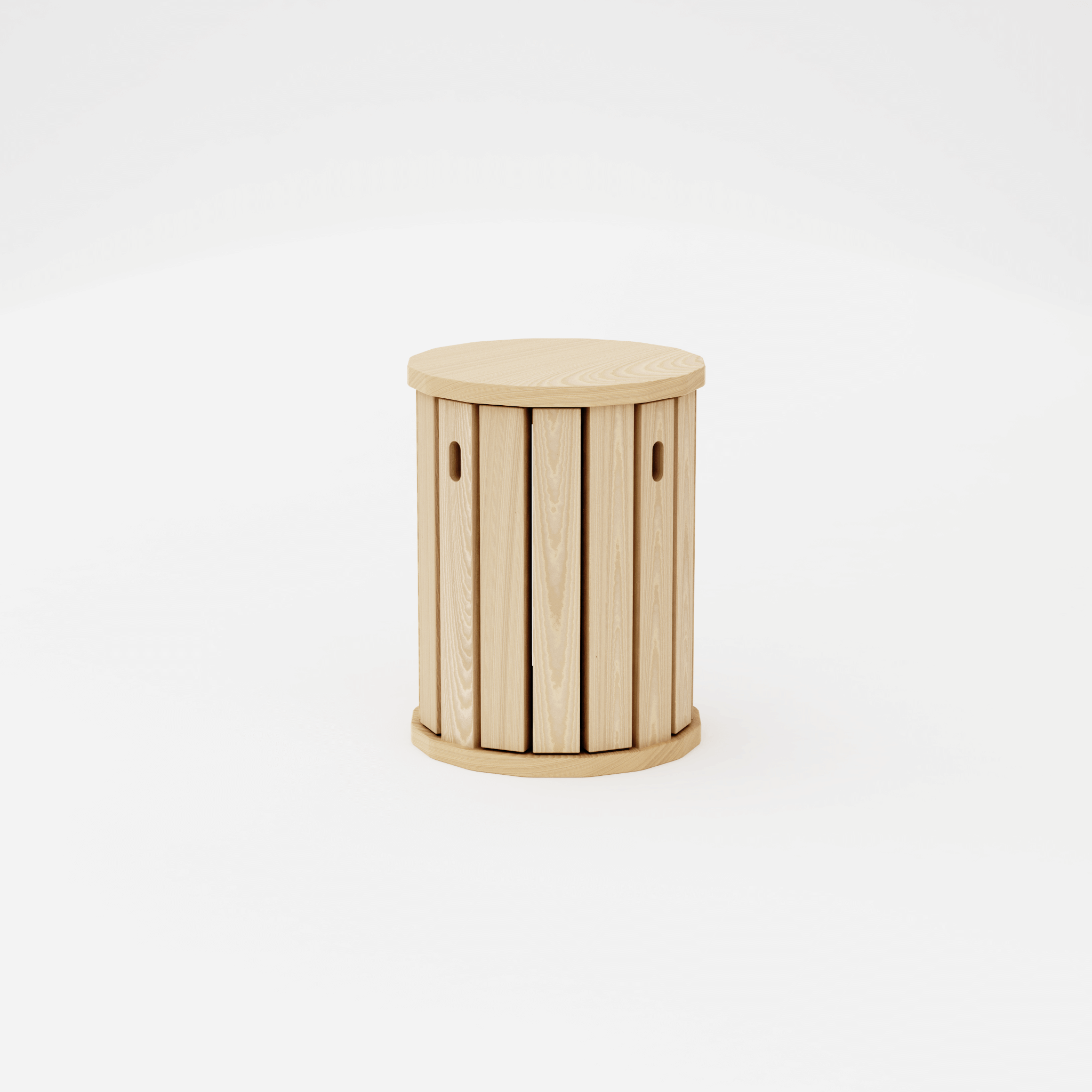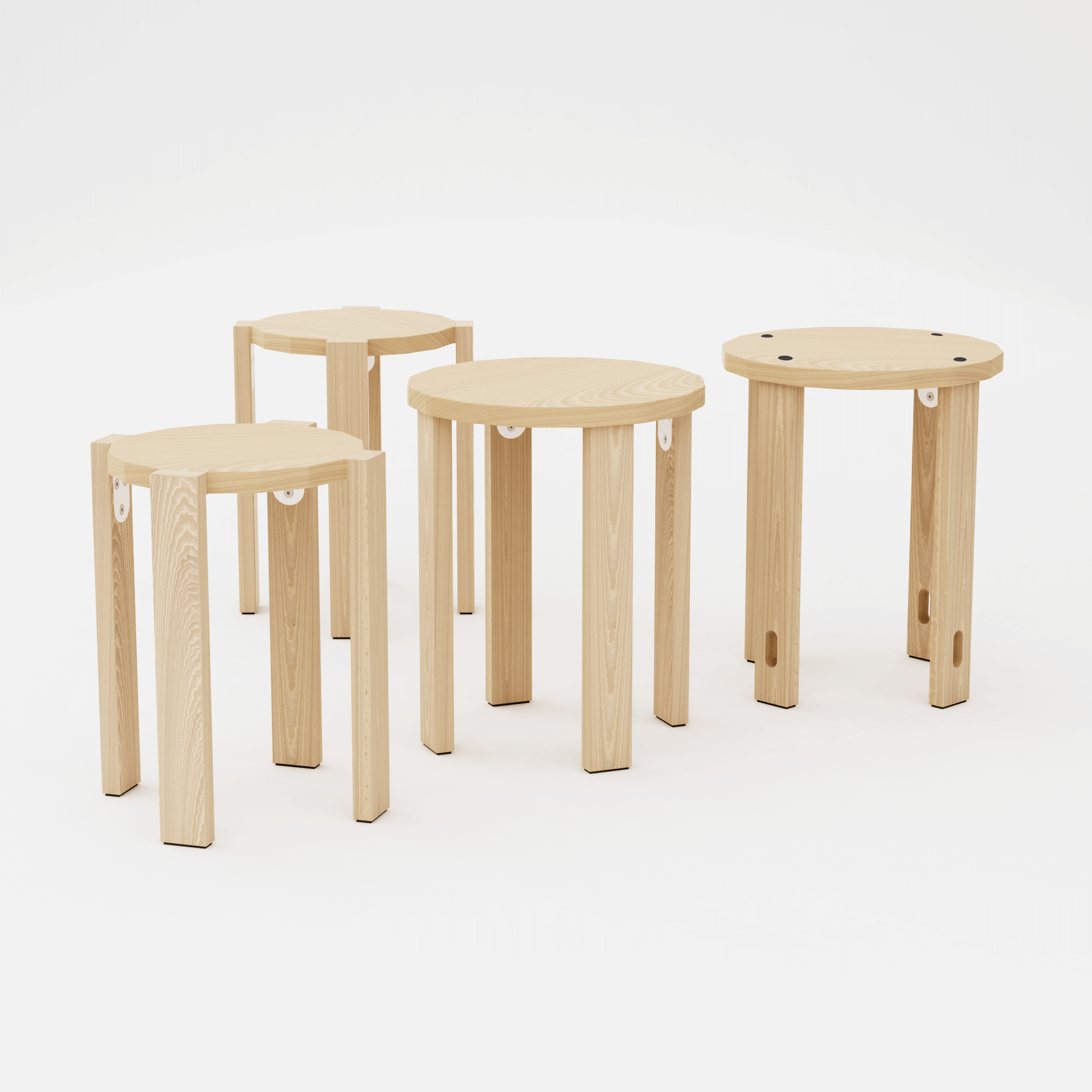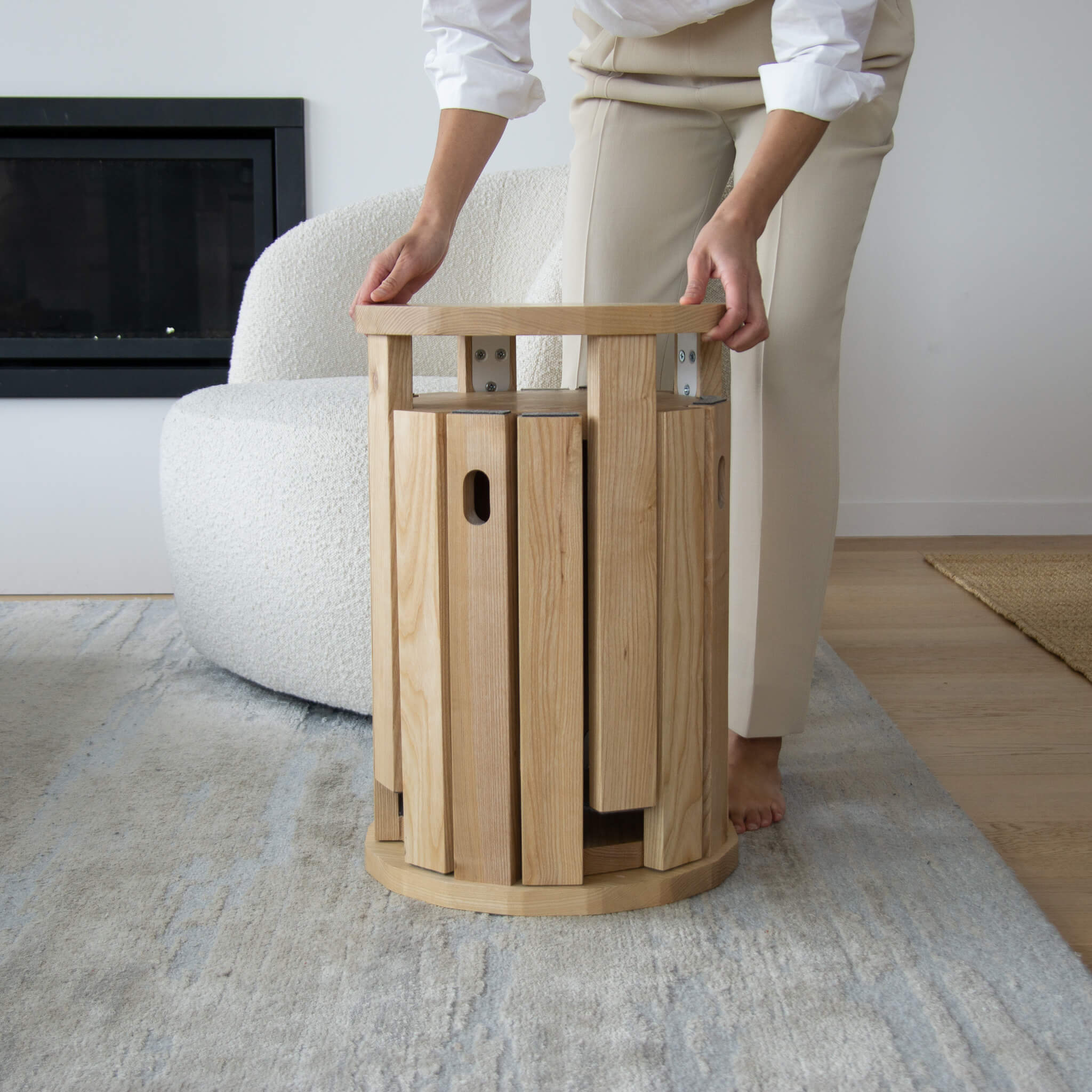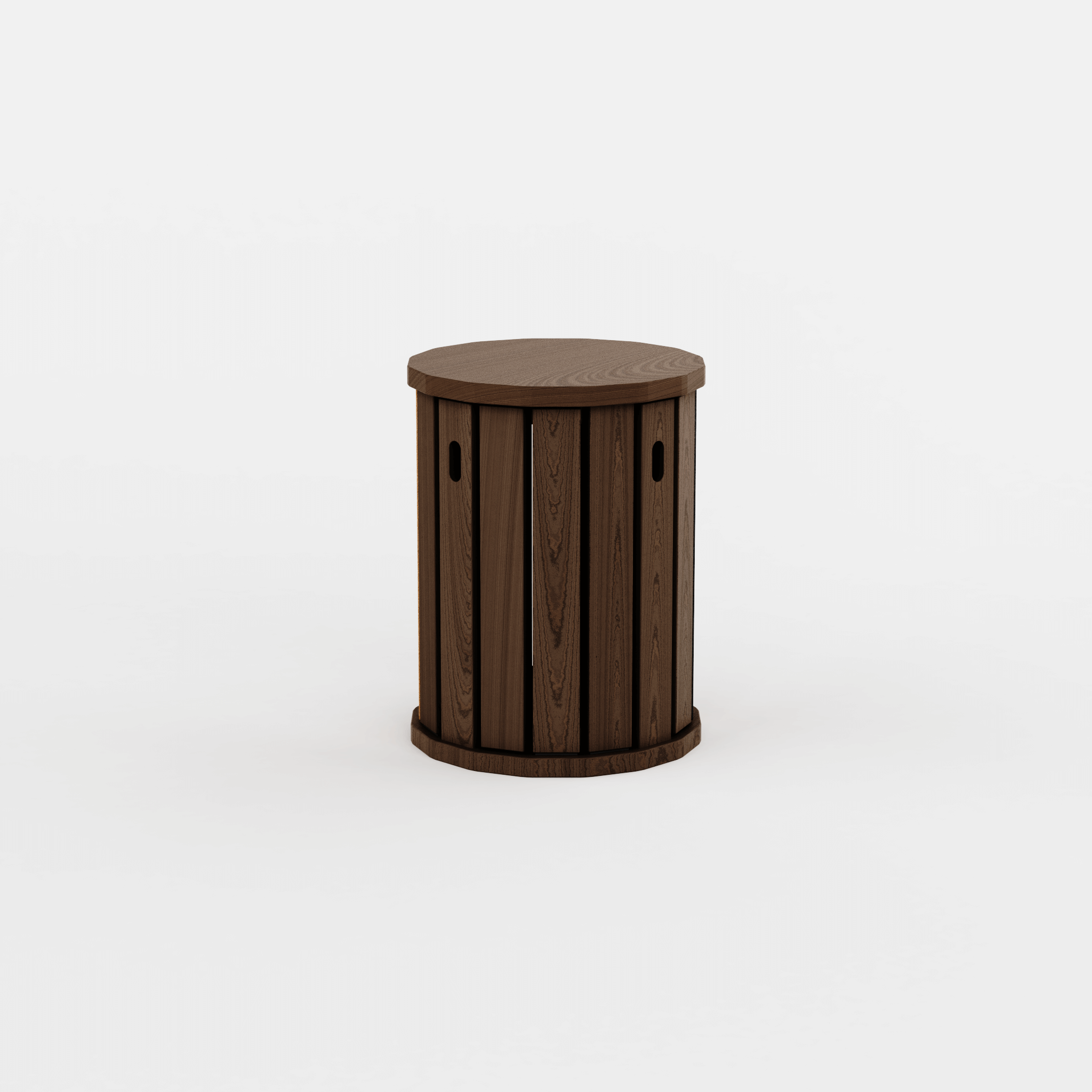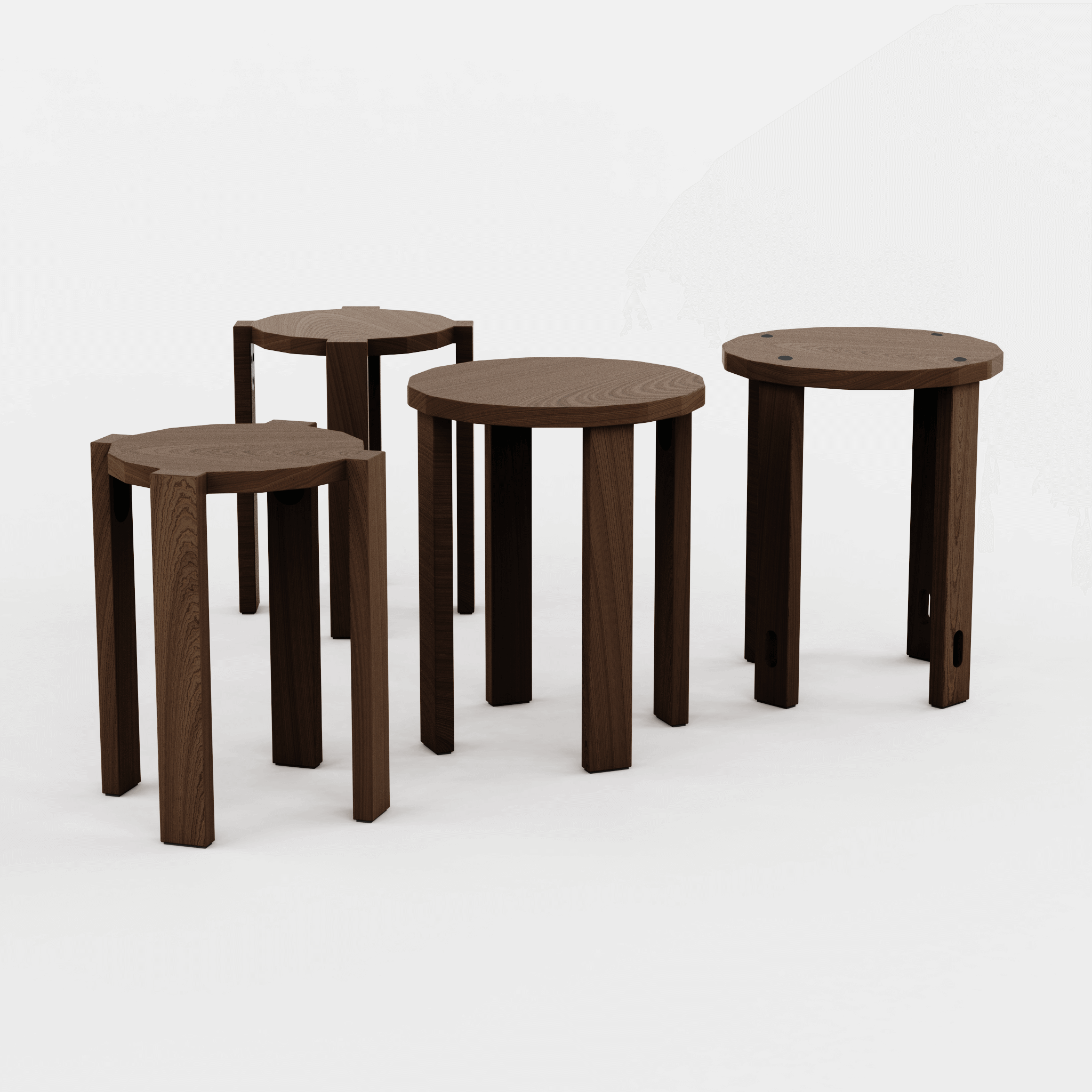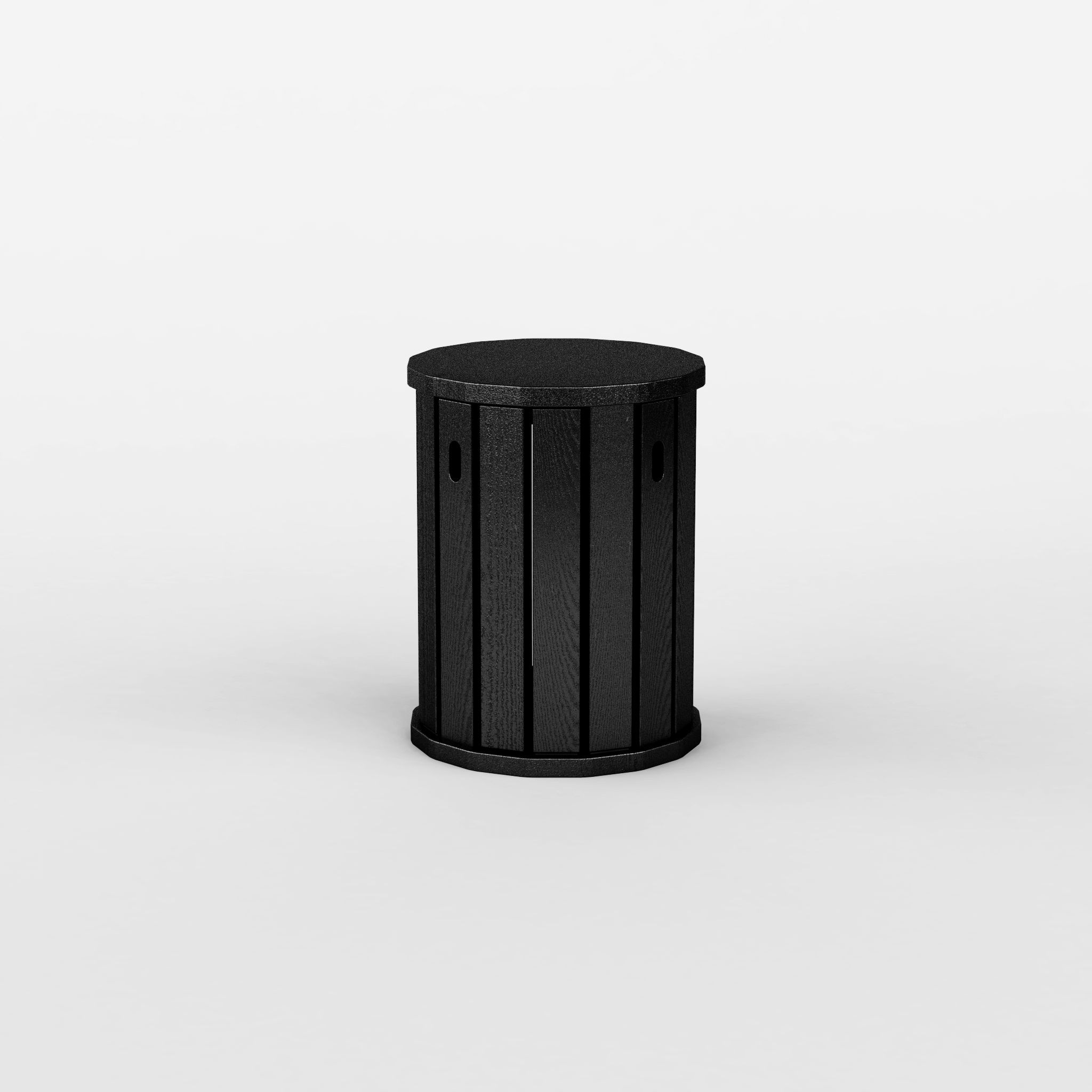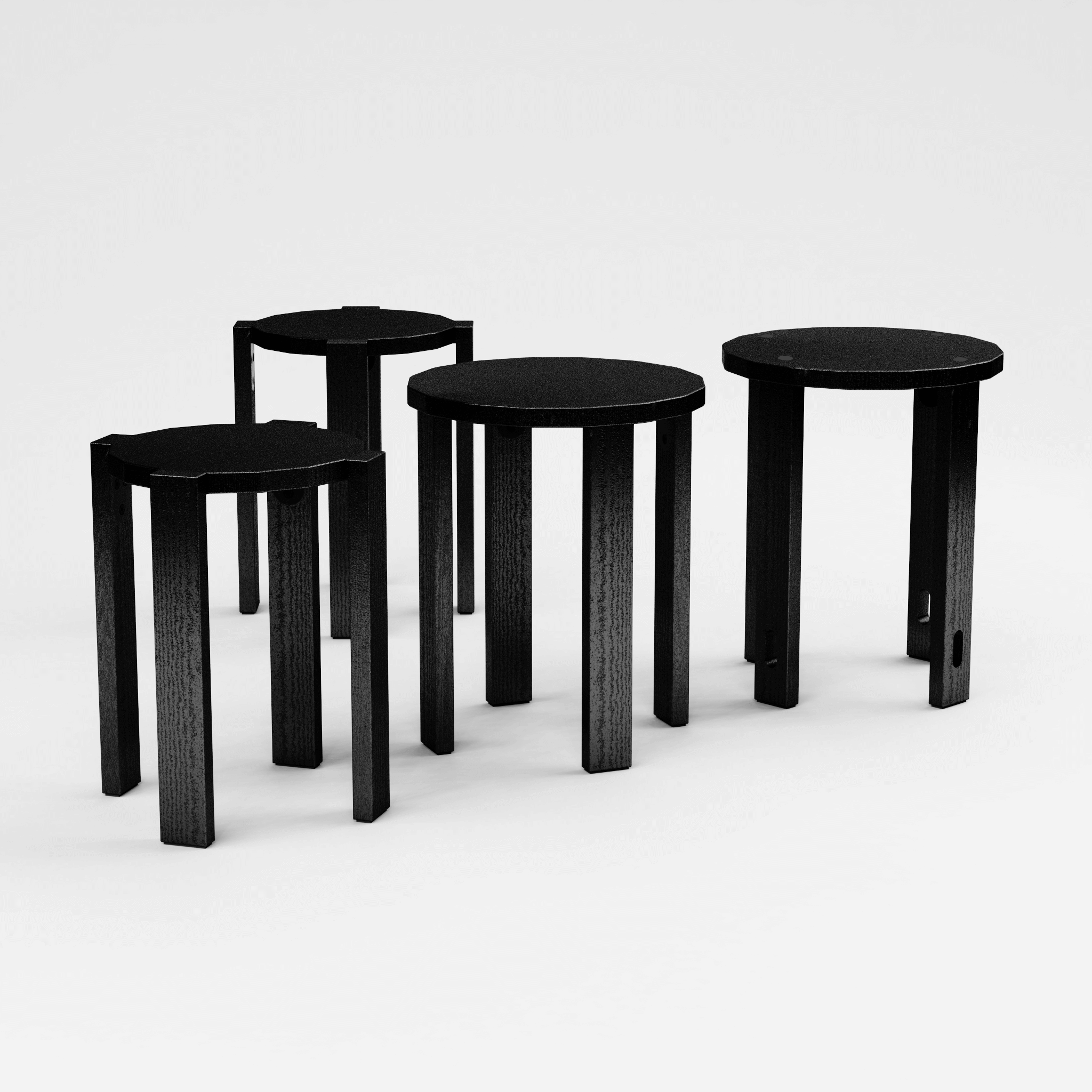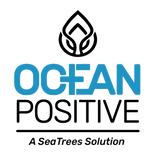
As part of our sustainability program, we have partnered with Sea Trees to sequester all the carbon emissions generated from the production and shipping of our products, and pay it forward. They do this by planting sea trees like mangroves, which absorb 5-10 times the amount of CO2 from the air as compared with regular trees. Furthermore, their projects support the communities that live in those coastal areas.
Ocean Positive+ Verified
As an Ocean Positive+ verified brand, we purchase a SeaTrees Token for every tonne of carbon dioxide we're trying to wipeout or balance.
The SeaTrees Tokens are all about going beyond a typical offset. Every Token:
- Sequesters CO2 through VCS/CCBA certified (double certified) carbon credits sourced from the Southern Cardamom REDD+ Project, Cambodia.
- Plants 3x mangrove trees planted in Mida Creek, Kenya which have the potential to sequester approximately 300kg of carbon dioxide over the 25-year life of the tree.
Why Sea Trees?
90% of all carbon in the global carbon cycle is stored in the ocean. This is where it should be sequestered to reverse climate change.
Mangrove forests “suck” aka sequester, 5-10times more CO2 out of the atmosphere per hectare than tropical rainforests. Much of that carbon is stored in the soil and sediment that make up a mangrove ecosystem.
Globally, kelp forests sequester as much CO2 as mangrove forests. 10% of kelp breaks off and sinks into the deep ocean - sequestering the CO2 it contains. The conservation of these ecosystems iscritical to solving climate change and will protect the habitats of over 700 species of algae, invertebrates, and fish.
Known as the “rainforests of the sea,” coral reefs are the largest living structures on earth and support 25%of marine life. The conservation of these ecosystems is vital to coastal protection, scientific research, medication, fishing, eco-tourism, and more.
Project 1: The Southern Cardamom REDD+ (Reducing Emissions from Deforestation and forest Degradation program developed by the UNFCC) project, Cambodia.

This VCS and CCBA certified Southern Cardamom project contains 2000+ hectares of pristine mangrove forest and helps to protect and enhance a further 50,000+ hectares of mangroves (the largest contiguous mangrove forest ecosystem in the Gulf of Thailand) that directly surround the project boundary. Blue-carbon mangrove ecosystems are most effective when they are directly connected to a healthy watershed. Every tonne of carbon sequestered:
- Is certified by both VCS and CCBA. The project produces 3.5 million metric tons of carbon credits per year.
- Helps to protect habitat for critically endangered species, like the Irrawaddy dolphin and Malaysian sun bear.
- Helps provide 200+ jobs, and education and healthcare benefits for 16,000+ people in 29 villages, including an indigenous community in Chhay Arieng. The majority of the jobs are community based eco-tourism and forest guards. Women hold 63% of the management positions of the project.
Project 2: Planting mangrove SeaTrees in the Mida Creek Region of Kenya
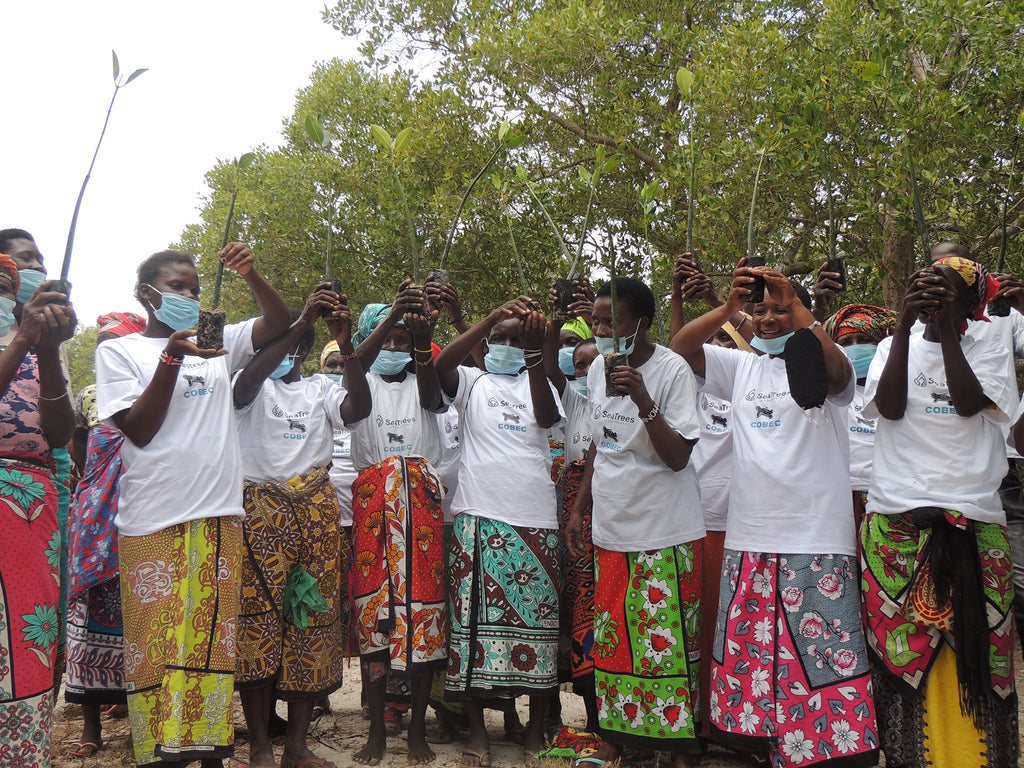
The Mida Creek project restores 100+ hectares of degraded mangrove forest within the Malindi Watamu National Marine Park and Reserve, a UNESCO Designated Biosphere Area and one of the world’s oldest Marine Protected Areas. Every mangrove tree planted:
- Helps to create meaningful employment for more than 200 people.
- Provides resources for local education.
- Protects local villages from storm surges and sea-level rise.
- Serves as critical nursery grounds for fish and shellfish, and increases local marine productivity.
- Has the potential to sequester approximately 300kg of carbon dioxide over the 25-year life of the tree.
About SeaTrees
SeaTrees, by non-profit Sustainable Surf, makes it easy for anyone who cares about the ocean (don’t we all) to directly support communities planting and protecting blue carbon coastal ecosystems. The most effective way to suck carbon out of the atmosphere - period.
As an ocean-focused platform for people and brands to take direct action on climate change, we work with communities around the world to plant and protect ‘blue carbon’ coastal ecosystems - mangrove and kelp forests, seagrass, coral reefs, and coastal watersheds.
Their projects do a lot more than sequester carbon. They measure our impact with the United Nations Sustainable Development Goals. The regeneration and protection of these ecosystems provide critical habitat for countless species, sustainable long-term employment for local communities, and protection for the coast from storm surges and sea level rise.
Unlike other tree planting and carbon offset programs and projects around the world, the sole focus of SeaTrees is on blue carbon coastal ecosystems. As surfers and ocean-lovers, they choose these spaces because they’re places where we play. As environmentalists and ocean-health activists, their focus on blue carbon ecosystems because:
- They’re highly effective at carbon sequestration.
- They’re critical ecosystems on the verge of collapse.
- Methods exist to restore and regenerate these ecosystems.
While Otelier continues to find ways to reduce our carbon emissions, we are grateful to have a partner working in the field to proactively mitigating our impact.
